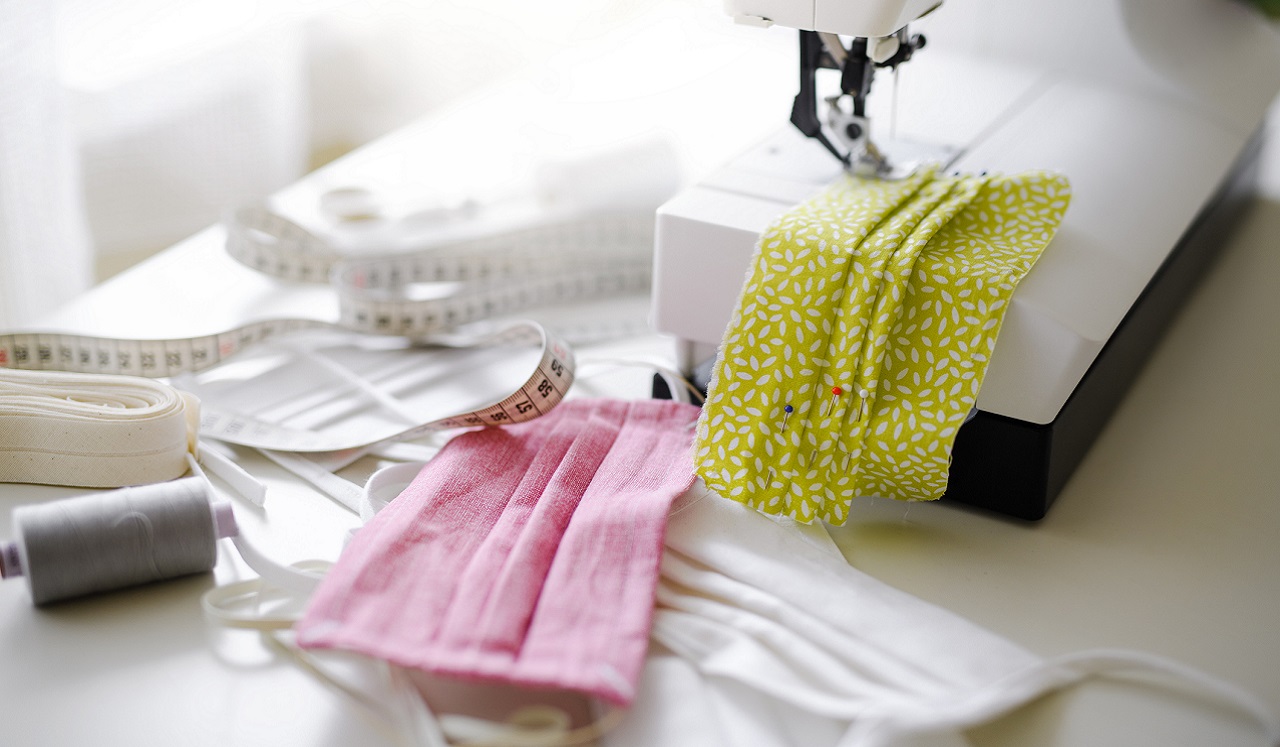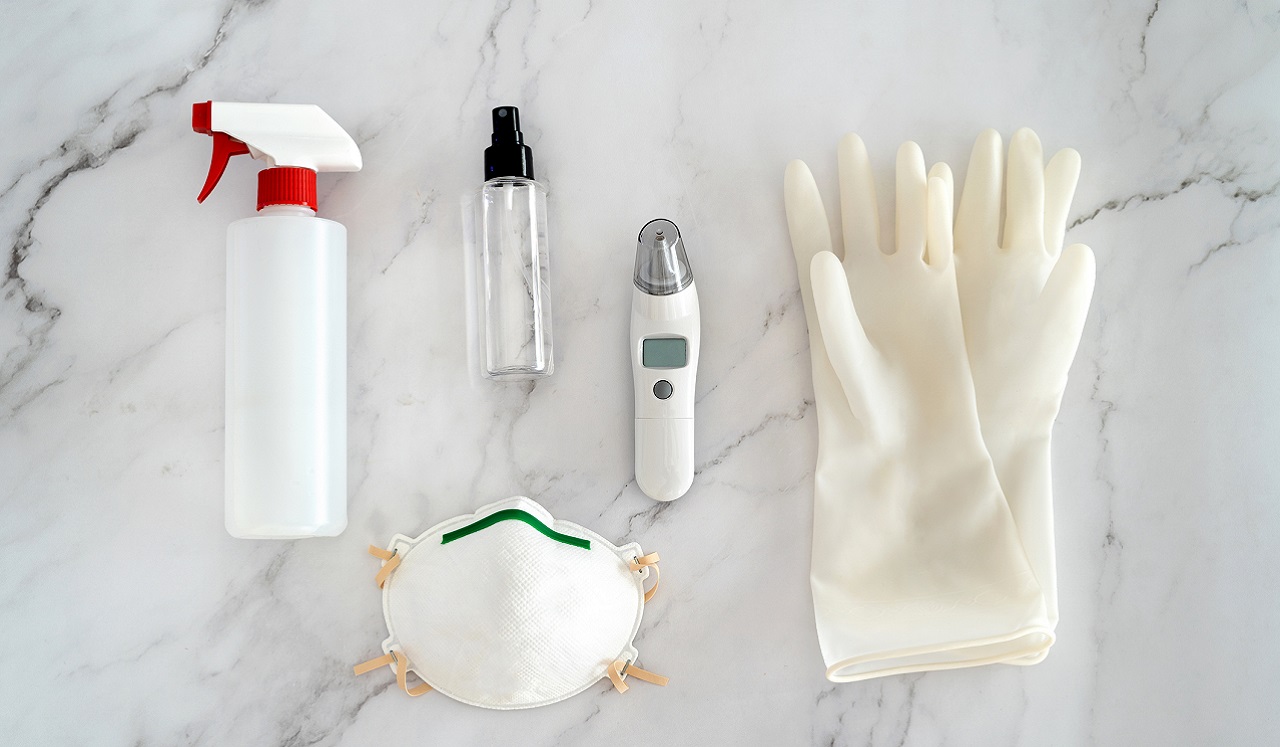April 29, 2020
Masks can keep you from infecting others with the coronavirus via invisible airborne droplets when you cough, sneeze or breathe. You may be contagious even if you don’t have any symptoms.
But face coverings are no substitute for other safety habits: frequent, thorough handwashing, not touching your face, social distancing of at least 6 feet and staying home. Combined, they give the Houston area a chance to curb COVID-19 cases in the months ahead.
But not any mask will do. Here’s what you need to know:
Masks should be made of multiple layers of densely woven cloth, such as sweatshirts, T-shirts or kitchen towels.
Beyond wearing masks in public, you should wear them at home if you’re sick or caring for someone who’s ill. When you’re in the same room, you both should wear masks. They also protect you by reminding you not to touch your face.
Only first responders and health care workers need surgical masks, so they can protect not only us but themselves, according to World Health Organization and U.S. Centers for Disease Control and Protection.
Such masks include N95 respirators, which only work if they’re tailored to the face. They have air filters. Surgical masks are loose-fitting and disposable barriers between the wearer’s mouth and nose. Both are single-use.
Face shields are clear acrylic and protect eyes and face from splashes of bodily or otherwise infectious fluids. Again, as with hazmat suits and other gear, they’re part of the personal protective equipment used to protect people in a medical setting.
Before putting on or removing your mask, wash your hands with soap and water. When taking it off, be careful to handle only the bands around your ears without touching the mask itself. It may have been contaminated by air droplets. And while wearing it, don’t touch your mask—other than the elastic bands or straps—no matter how tempting.
You also can store fabric masks for three days and reuse, since studies show germs survive only for 72 hours on surfaces.
Wash cloth masks after each use, ideally on your washing machine’s hottest settings. Those that can’t be washed should be pitched after one use.
You can sew your own masks. Patterns to sew masks are widely available, including on the CDC website. You’ll also find them online, including YouTube.
Glassell Art School at Museum of Fine Arts, Houston offer mask-making lessons on YouTube at: https://www.youtube.com/watch?v=eDH6qetUqWM.
Don’t have a sewing machine? All you need is an old T-shirt, rubber bands and scissors, as shown in Memorial Hermann’s video:
Make Your Own Mask
Fit matters. Paper masks don’t cut it. Masks need to be snug, but shouldn’t touch your lips, since if the mask gets moist, germs can enter your mouth.
Face coverings should be fitted at the top on the bridge of your nose and also below your mouth. So, a mask revealing your nose is ineffective.
Don't lower your mask to talk or because you're getting sweaty.
Guys, consider shaving your beards: the hair raises from your chin, enabling germs to enter.
Keep your glasses from fogging up from the warm vapor of your breath by washing lenses with soapy water. If you shake off the excess and let lenses air-dry, a protective film is created. You can also line the top of your mask with tissue.
Masks alone don’t make you invincible. You still can catch viruses via your eyes, nose and mouth. The good news: They can help us protect our health care heroes. That’s a gift to all of us.


